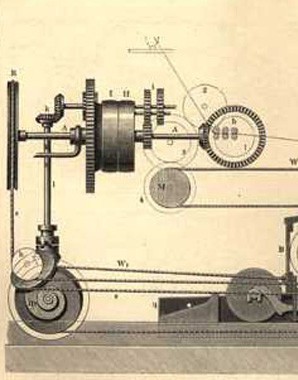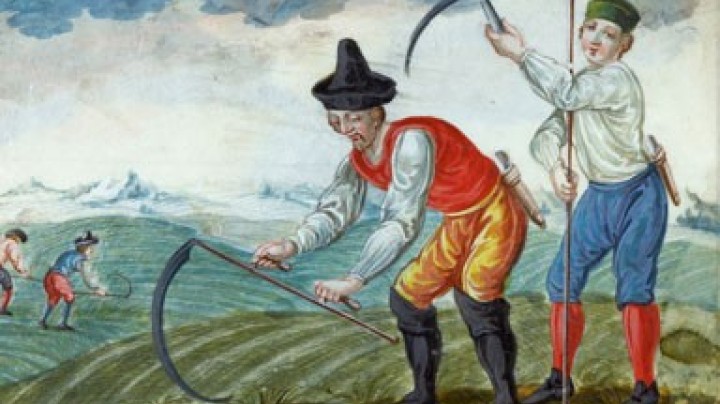Cottage industry – Outwork and ‘putting out’
Men did the housework, while women did outwork and earned money for the family by spinning. That does fit in at all with our ideas of the ‘classic’ distribution of roles.
A factory inspector sent by the Court reports on ‘manufactory’ owner Count von Schallenberg and his pricing policyCount von Schellenberg has found his own way to obtain a good price for his products, as he only makes use of peasants and children for the manufacture of both tapestry and ribbons. Such persons do not require much food, hence the traders and merchants can profit from the savings made in wage costs.
Working at home is not an invention of the late twentieth century. From the sixteenth century on cottage industry developed, based on outwork and ‘putting out’. It was in the textile industry in particular that this system played an important role.
As a rule a so-called ‘factor’ procured the raw materials, for example cotton. The outworkers recruited from the rural population spun the cotton to yarn and then wove it. A merchant or trader was then responsible for selling the finished products. There were many ways in which such a cottage industry could function: for example, it could be the factor or the trader who supplied the materials and paid a piece rate for the products. Sometimes the outworkers procured the raw materials themselves and sold their finished products to the trader. There were also middlemen who might, for example, distribute the raw materials or collect the finished products.
An important feature of such cottage industry was that the products were not made in one place. Such production based on outwork represented an additional source of income for the rural population and also meant that entrepreneurs could avoid high wage costs.
In the Waldviertel (Forest Quarter) region in the north-west of Lower Austria, for example, there were up to 30,000 people doing outwork. Most of these rural textile workers were women, and they did the labour-intensive work of spinning. Since the whole system of outwork and manufactories required a large number of workers, the state simplified the process of founding a household for the so-called ‘cotters’ (Kleinhäusler). The cotters had no or very little land at their disposal and thus needed to have a source of income other than agriculture.














